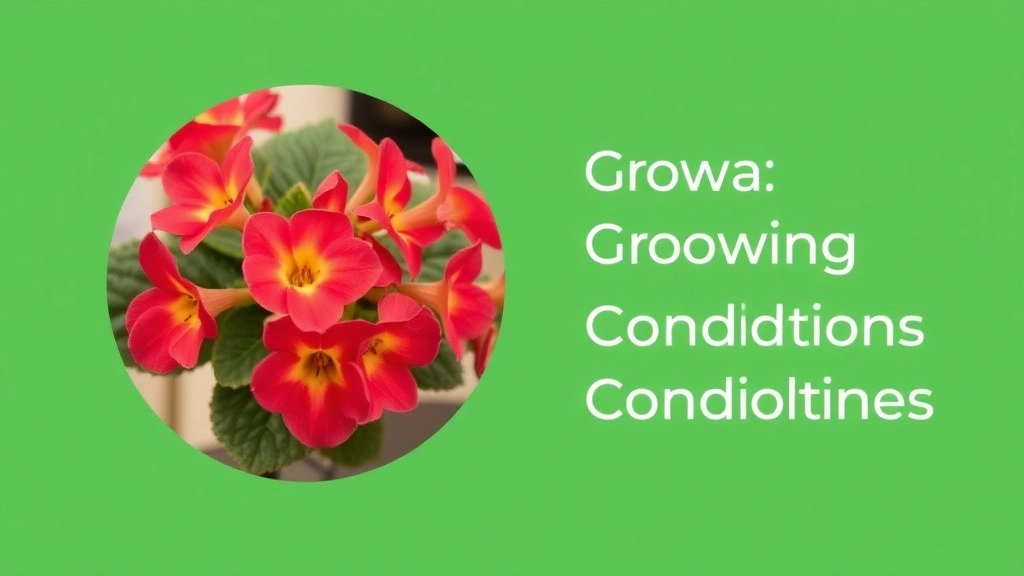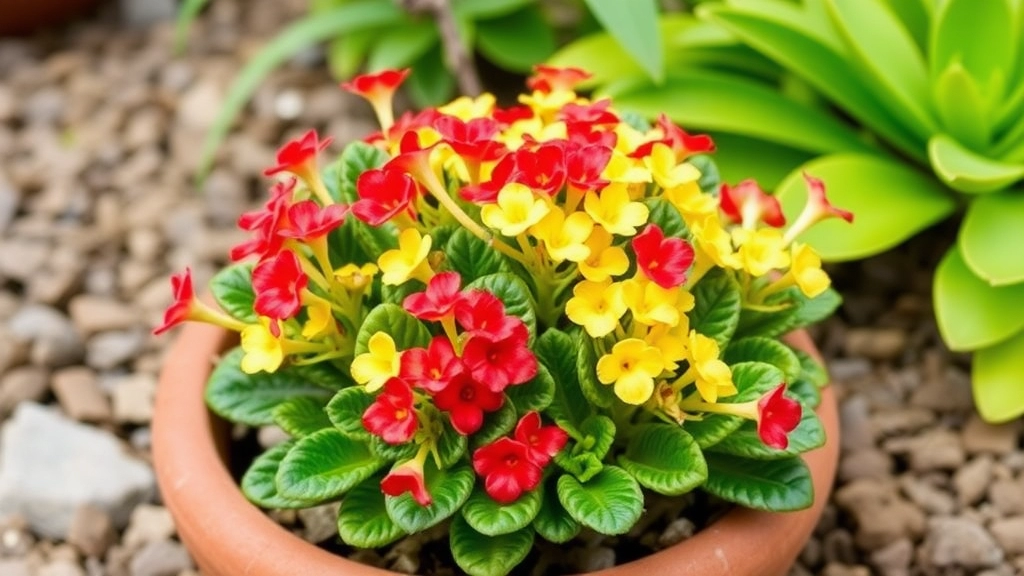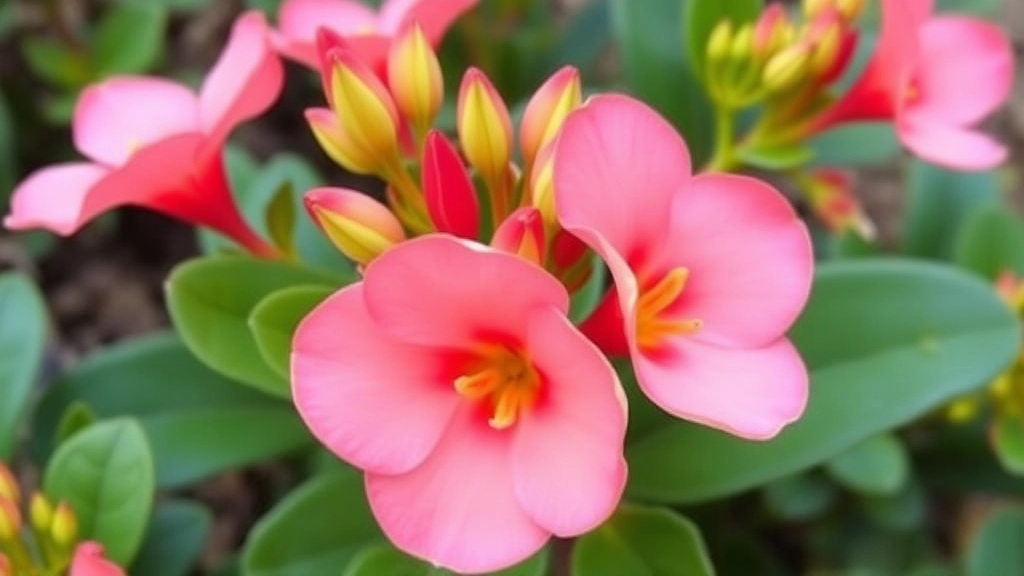Kalanchoe Flowering Season in Australia
Ever wondered when the Kalanchoe flowering season in Australia is? Well, you’re in the right place. As an avid gardener, I’ve spent countless hours figuring out the best times to enjoy these vibrant blooms. The Kalanchoe plant, known for its bright and colourful flowers, can truly transform any garden or indoor space.
In Australia, the Kalanchoe flowering season typically kicks off in late winter and continues through to early spring. This means you can expect to see these stunning flowers from July to September. Knowing this can help you plan your garden and ensure your Kalanchoe plants thrive during their peak season.
When do Kalanchoe plants bloom in Australia? This is a common question for many gardening enthusiasts eager to see their plants flourish. Kalanchoe, known for its vibrant blooms, typically flowers during the warmer months.
**Key Flowering Periods**
– **Main Blooming Season**: Most Kalanchoe varieties bloom from late winter to early spring, primarily between **August and October**.
– **Secondary Flowering**: Some species may produce sporadic flowers throughout the year, especially if conditions are optimal.
**Factors Influencing Flowering**
Several factors can influence the flowering period:
– **Light Exposure**: Kalanchoe thrives in bright, indirect sunlight. Insufficient light can delay blooming. For more details on the optimal light conditions, check out [Optimal Light for Kalanchoe: Full Sun or Shade](https://planthq.org/can-kalanchoe-take-full-sun-best-lighting-tips/).
– **Temperature**: These plants prefer warm temperatures, ideally between **15°C and 25°C**.
– **Watering Routine**: Overwatering or underwatering can stress the plant, affecting its ability to flower. Learn more about proper watering techniques in our [Kalanchoe Tomentosa Watering Best Practices & Tips](https://planthq.org/kalanchoe-tomentosa-watering-best-practices-tips/).
Optimal Growing Conditions for Kalanchoe

So, you’re keen on nurturing a Kalanchoe? You’re in for a treat! These vibrant plants can really light up your space. But to keep them thriving, you need to nail down their optimal growing conditions.
Light Requirements
Kalanchoes love the sun—who doesn’t, right?
- Bright, Indirect Light: Aim for around 6 hours of bright, indirect sunlight daily.
- Avoid Harsh Rays: Too much direct sunlight can scorch their leaves.
Temperature and Humidity
Temperature plays a significant role in your Kalanchoe’s happiness.
- Ideal Temperature: Keep them in a warm spot, ideally between 18°C to 24°C.
- Humidity Levels: They prefer low humidity. So, no need to mist them!
Soil Type
Choosing the right soil can make all the difference.
- Well-Draining Soil: A cactus or succulent mix works wonders.
- Avoid Waterlogged Soil: Ensure it drains well to prevent root rot.
Watering Schedule
Getting your watering routine right is crucial.
- Infrequent Watering: Water only when the top inch of soil feels dry.
- Drainage is Key: Always let excess water drain out.
Fertilisation
Feeding your Kalanchoe can boost its growth.
- Use a Balanced Fertiliser: A diluted, balanced fertiliser during the growing season works best.
- Frequency: Once a month should do the trick.
Seasonal Care Tips for Kalanchoe
As we explore the seasonal care tips for Kalanchoe, it’s essential to understand how to nurture these vibrant plants throughout the year. Kalanchoe thrives in specific conditions, and adjusting care according to the seasons can significantly enhance their growth and flowering potential.
Common Varieties of Kalanchoe in Australia

As we delve deeper into the fascinating world of Kalanchoe, it’s essential to explore the common varieties that thrive in Australia. Understanding these varieties can help you choose the right one for your garden or indoor space.
Popular Kalanchoe Varieties
- Kalanchoe blossfeldiana
- Known for its vibrant flowers, this species is often seen in shades of red, pink, yellow, and white.
- It blooms profusely, making it a popular choice for both indoor and outdoor settings.
- Kalanchoe tomentosa
- Also known as the “Panda Plant,” it features fuzzy, grey-green leaves with brown edges.
- This variety is more about the foliage than the flowers, adding texture to your collection.
- Kalanchoe luciae
- Commonly referred to as “Paddle Plant,” it has thick, paddle-shaped leaves that can turn a stunning red when exposed to sunlight.
- This variety can be a striking addition to your succulent garden.
- Kalanchoe beharensis
- Known as the “Elephant Bush,” this variety has large, thick leaves and can grow quite tall.
- Its unique shape makes it an eye-catching feature in any garden.
- Kalanchoe ‘Fang’
- This hybrid features serrated leaves resembling fangs, adding an unusual twist to your plant collection.
- It’s a conversation starter and a unique addition to any succulent lover’s repertoire.
Choosing the Right Variety
When selecting a Kalanchoe variety, consider the following factors:
- Light Requirements: Some varieties prefer bright, indirect light, while others can tolerate direct sunlight.
- Watering Needs: Be mindful of each variety’s specific watering requirements to ensure optimal growth.
- Aesthetic Appeal: Choose a variety that complements your existing plants and matches your personal style.
By understanding the differences between these common Kalanchoe varieties, you can make informed decisions that enhance your gardening experience.
Troubleshooting Flowering Issues
Are your Kalanchoe plants failing to bloom as expected? This can be frustrating, especially when you’ve put in the effort to create ideal growing conditions.
Common Flowering Problems
- Insufficient Light
Kalanchoe thrives in bright, indirect sunlight. If your plant isn’t getting enough light, it may refuse to flower.
Solution: Move it to a sunnier spot for at least six hours a day. - Overwatering
Too much water can lead to root rot, which stifles blooming.
Solution: Ensure the soil is well-draining and only water when the top inch of soil feels dry. - Temperature Fluctuations
Kalanchoe prefers stable temperatures between 15-25°C. Extreme changes can stress the plant.
Solution: Keep it away from drafts and heating vents. - Nutrient Imbalance
An excess of nitrogen can promote lush foliage at the expense of flowers.
Solution: Use a balanced fertiliser, ideally one formulated for flowering plants, and apply it during the growing season. - Pest Infestations
Pests like aphids or mealybugs can sap the plant’s energy, affecting its ability to bloom.
Solution: Regularly inspect your plants and treat any infestations promptly with insecticidal soap.
Signs to Look For
- Yellowing Leaves: Indicates overwatering or nutrient issues. For more information, check out our guide on Kalanchoe leaf problems.
- Drooping Flowers: Often a sign of inadequate light or extreme temperatures. Learn more about how to care for Kalanchoe flower buds.
- Stunted Growth: Could point to root problems or pests.
FAQs about Kalanchoe Flowering Season in Australia
What is the optimal flowering season for Kalanchoe in Australia?
The optimal flowering season for Kalanchoe in Australia typically occurs during the warmer months, from late spring to early summer. During this time, the plants receive ample sunlight and warmer temperatures, which are conducive to blooming.
How much sunlight does Kalanchoe need to flower?
Kalanchoe thrives with around 6 hours of bright, indirect sunlight daily. Avoid exposing them to harsh, direct rays as it can scorch their leaves.
What temperature range is ideal for Kalanchoe flowering?
The ideal temperature range for Kalanchoe to flower is between 18°C to 24°C. Keeping them in this range ensures they remain healthy and produce vibrant blooms.
Do I need to mist my Kalanchoe for it to flower?
No, Kalanchoe prefers low humidity and does not require misting. In fact, misting can lead to issues like mold or mildew.
What type of soil is best for Kalanchoe?
Well-draining soil, such as a cactus or succulent mix, is ideal for Kalanchoe. This helps prevent waterlogging and root rot, which can hinder flowering.
How often should I water my Kalanchoe to encourage blooming?
Water your Kalanchoe infrequently, only when the top inch of soil feels dry. Ensure that excess water can drain out to avoid waterlogged soil.
What kind of fertiliser should I use to boost Kalanchoe flowering?
Use a diluted, balanced fertiliser during the growing season. Fertilise once a month to provide the nutrients necessary for robust growth and flowering.
Are there specific Kalanchoe varieties that flower better in Australia?
Yes, some popular varieties that thrive in Australia and are known for their vibrant flowers include:
- Kalanchoe blossfeldiana: Known for its profuse blooms in various colors like red, pink, yellow, and white.
- Kalanchoe tomentosa: While more recognized for its foliage, it can also produce small, attractive flowers.
- Kalanchoe luciae: This variety’s thick, paddle-shaped leaves can turn red, adding to its visual appeal when it flowers.
How can I choose the right Kalanchoe variety for my garden?
Consider the following factors when selecting a Kalanchoe variety:
- Light Requirements: Some varieties prefer bright, indirect light, while others can tolerate direct sunlight.
- Watering Needs: Be mindful of each variety’s specific watering requirements to ensure optimal growth.
- Aesthetic Appeal: Choose a variety that complements your existing plants and matches your personal style.
References
-
Kalanchoe: How to Grow and Care for Kalanchoe Plants
-
How to Grow and Care for Kalanchoe
-
Kalanchoe Plant Care â Growing Tips For Kalanchoe
